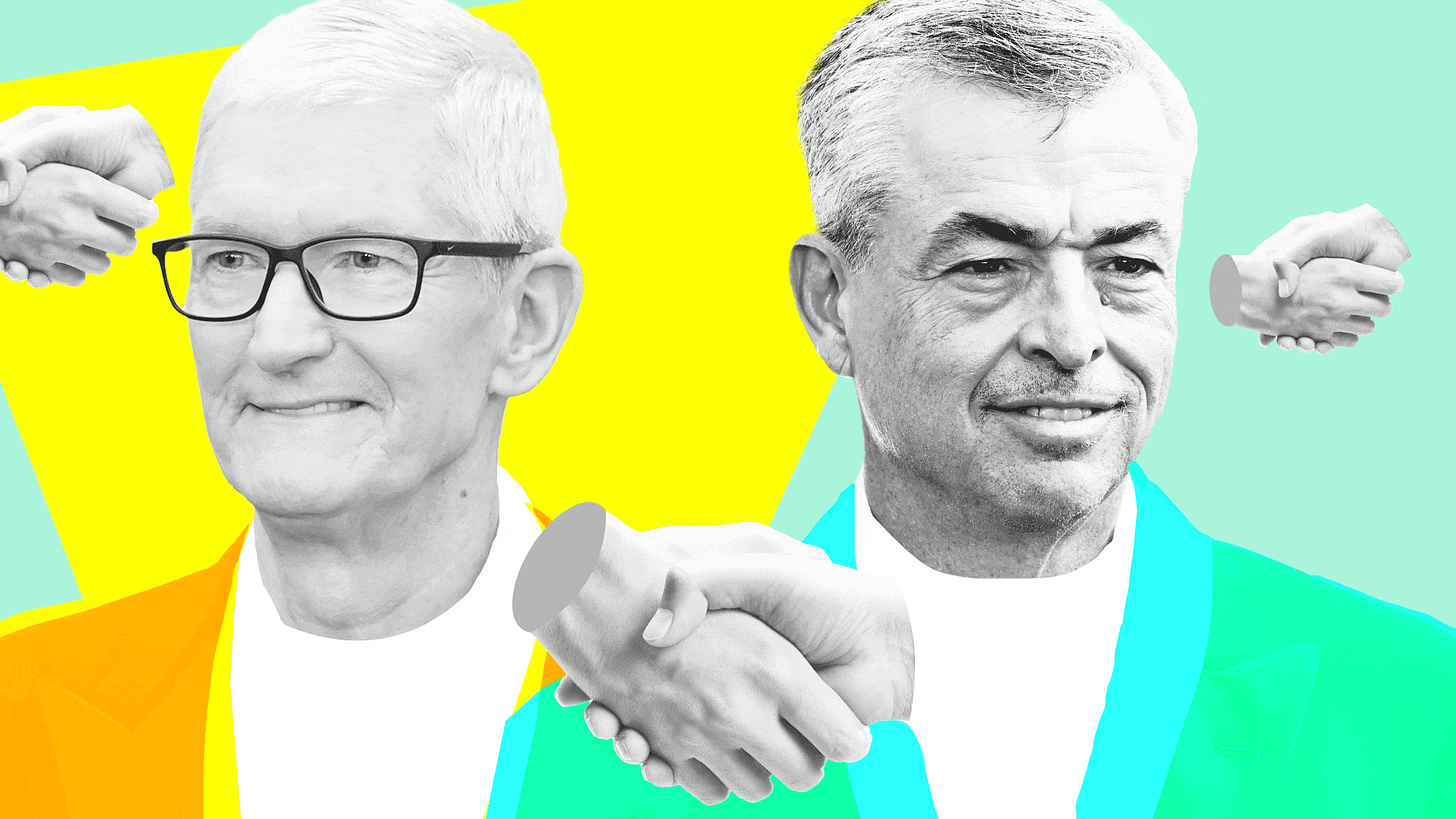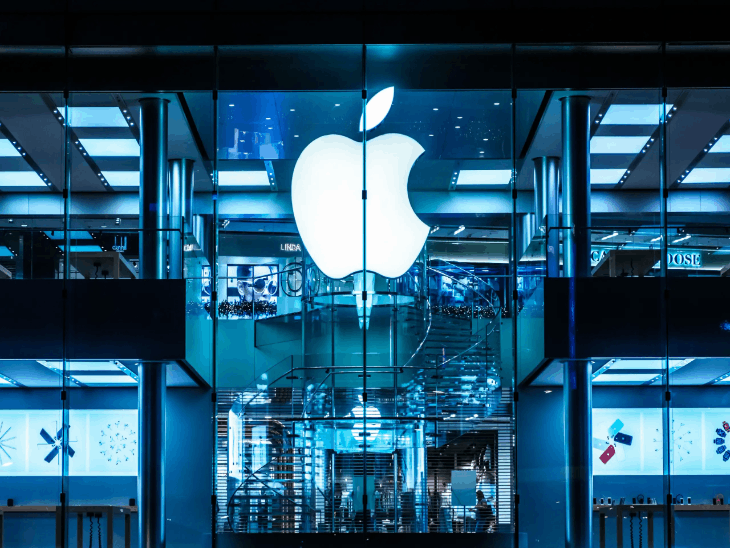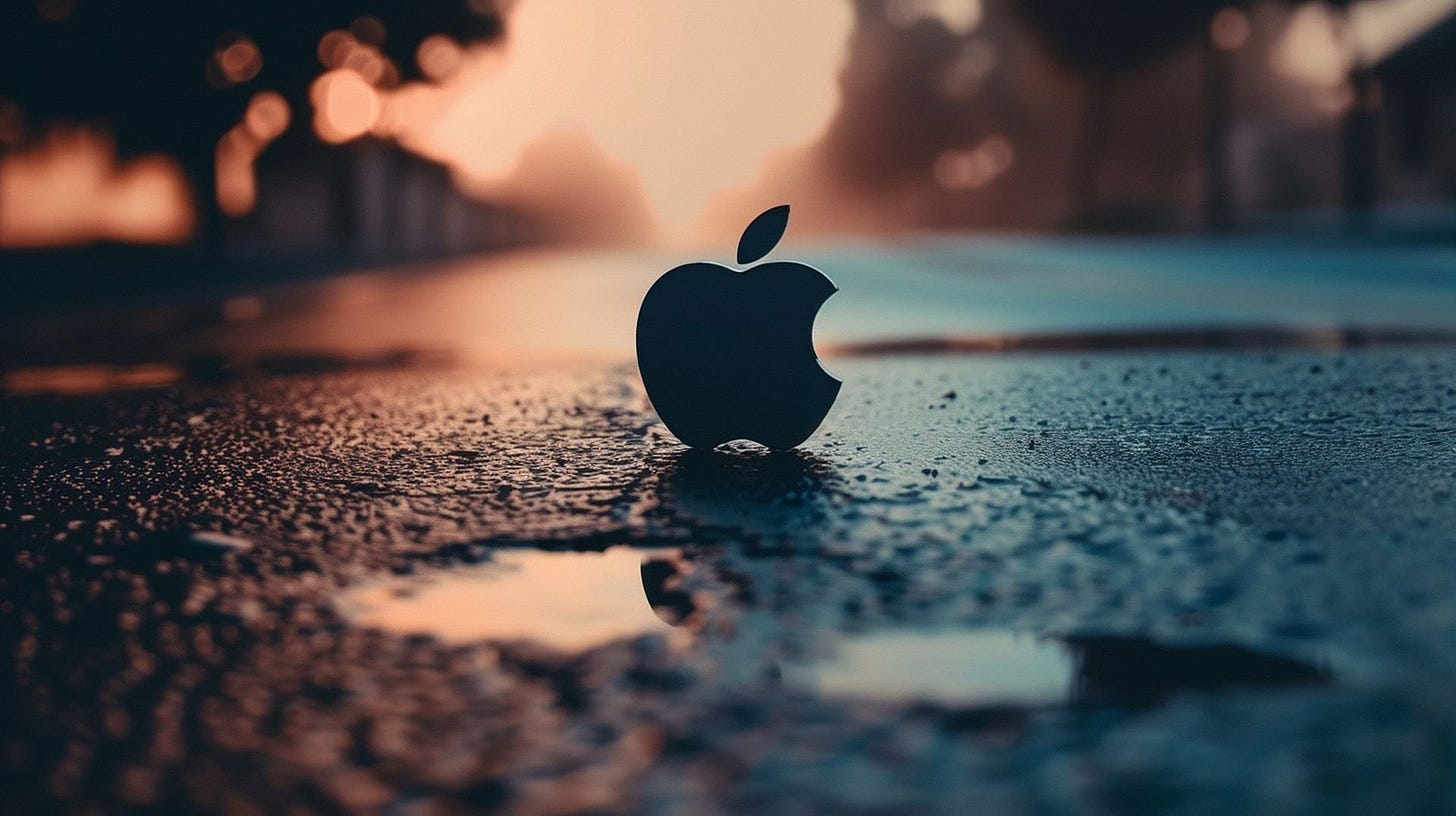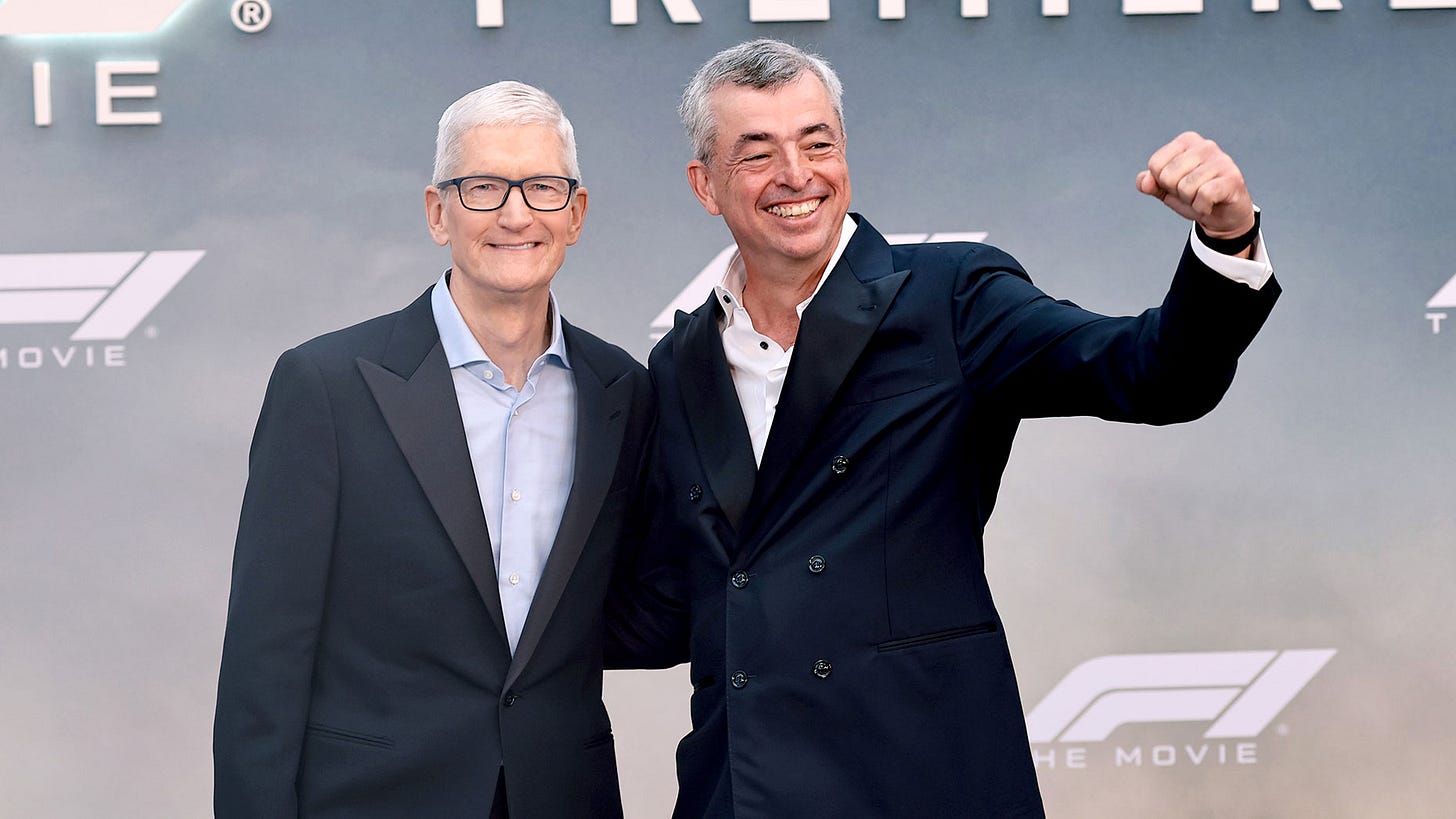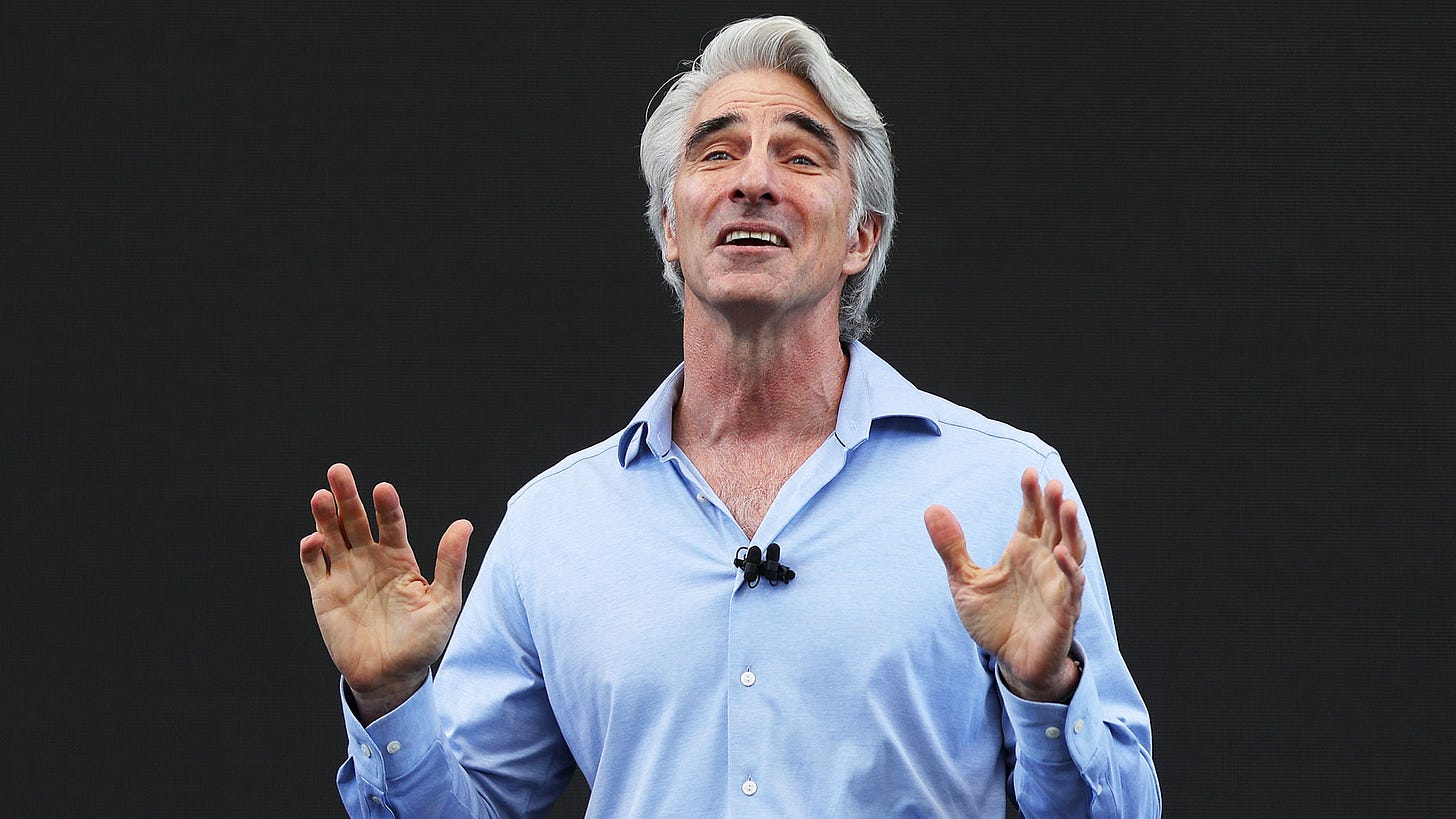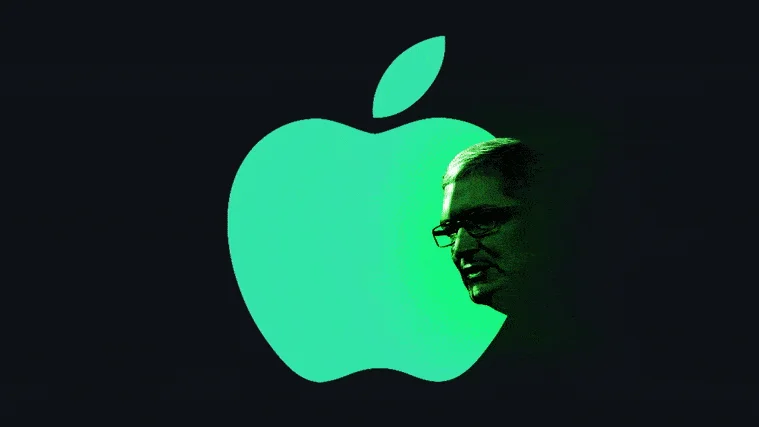
AI: Rising Drumbeats for Apple AI Deals. RTZ #826
The drumbeats for Apple to make a big AI acquisition are increasing. It’s a topic that has been a media and tech industry favorite, with both sides weighing in on why Apple ‘should do something big in AI’. I’m on record that Apple doesn’t need to do a big AI deal for because its ‘Mag 7’ peers are doing them in this frenzied phase of the AI Tech Wave.
My view continues to be that Apple is in the global catbird’s seat as a critical distribution pathway to billions of mainstream users. And contribute a lot to a wide range of LLM AI companies in particular, to leverage and integrate their technologies with Apple’s unique ecosystems of hardware and software platforms. Especially since they uniquely span from desktops to smartphones to wearables and other gadgets. They’re the critical partner on the pathway at the critical Box #6 in the AI Tech Stack below:
And that Apple has more time than generally thought to make it unique mark on mainstream AI appications and services to come.
But for now, the drumbeats are getting louder.
The Information goes into detail here in “Apple’s Aversion to Big Deals Could Thwart its AI Push”:
“Apple’s competitors are spending a fortune on AI deals. As the iPhone maker struggles in AI, some executives are pushing it to be bolder.”
“This summer, investment bankers came knocking on Apple’s door with a pitch: Was the iPhone maker interested in doing a major acquisition or some other kind of deal in artificial intelligence? So far, the only answer it has given them is: not so much.”
“In the current AI frenzy, nearly all of Apple’s peers in big tech have thrown open their wallets to spend billions of dollars on AI deals, including licensing agreements that have allowed them to pluck top talent from startups in the field. But not Apple. The company has, with few exceptions, stuck to small acquisitions throughout its history (it has done around seven such deals this year alone). Some of them have played an important role in the development of its products.”
Then the expected explanation of why delays could be deadly, especially as AI Scales:
“Apple’s dealmaking aversion could be particularly risky given the importance of AI and the perception that Apple is lagging far behind its competitors in the technology. Investors and analysts are increasingly agitating for the company to do something big if it wants a chance to remain relevant.”
One of the vectors of course is Apple’s relationship with Google, which has been a partner to building its Apple Intelligence Cloud services. Not to mention in Voice AI applications for Siri. As well as lucrative $20 billion/year payments to make Google a default on Apple Safari on desktops and mobile. That may get extended in a Google Gemini deal for Siri:
“Some catalysts may emerge in the near future to impel Apple into a bolder deal. As early as this week, a federal judge is expected to issue a decision in a Google antitrust trial that could end the $20 billion in annual payments the company makes to Apple to be the default search engine on Apple devices. Losing Google as a partner could prompt Apple to acquire an AI-powered search startup to fill that gap.”
The debate of acquisitions is live within Apple as one would expect, with its proponents and detractors:
“To be sure, the topic of acquisitions is hardly off-limits inside Apple. Among the potential targets Apple executives have discussed are Mistral AI, a Paris-based rival to OpenAI, and AI-powered search engine Perplexity, according to people familiar with the matter. Apple’s services chief, Eddy Cue, has been the most vocal champion within the company of these AI deals, according to a person familiar with his thinking.”
“But so far, Apple hasn’t pulled the trigger on any deal. The company’s hesitation to do big acquisitions isn’t new. A single such deal would likely total in the billions of dollars, and over the past two decades, Apple has rarely spent more than a hundred million dollars per acquisition. The exceptions include the $3 billion it spent on Beats Electronics, which offered headphones and a streaming music service, and the $1 billion it paid for the wireless modem business owned by Intel.”
That deal was a relatively small one relative to Apple’s size, not dissimilar to what it would take if Apple were to say buy Perplexity today for the sums being tossed around.
“Apple likes to build everything internally,” said Matt Murphy, a partner at Menlo Ventures, who was a board member at music discovery app Shazam when Apple bought it in 2018. “They worry people at other companies won’t live up to Apple’s standards or culture. But it is perplexing, with that market cap, that they aren’t willing so far to take more risks in the AI field.”
The media is of course taken with the behavior of Apple’s ‘peers’:
“The contrast between Apple’s dealmaking and that of its rivals is stark. Meta Platforms, for instance, recently invested $14.3 billion into data-labeling firm Scale AI for a 49% stake in the company, an agreement that also brought Scale’s founder, Alexandr Wang, to Meta, where he oversees its new Superintelligence Labs.”
“And last month, Google struck a $2.4 billion deal to license AI coding startup Windsurf’s technology. The deal brought Windsurf’s top talent, including its founders, to Google DeepMind, the search giant’s AI division. Such arrangements have become popular at big tech companies because they avoid the regulatory scrutiny traditional acquisitions must go through.”
And everyone is playing ‘armchair drunken sailor’ with Apple’s money:
“With nearly $133 billion in cash, Apple has more than enough resources to afford deals with some of the biggest and buzziest AI startups. In an earnings call last month in which investors quizzed Apple CEO Tim Cook about the company’s acquisition strategy, he said the company is open to doing acquisitions of all sizes.”
“We’re very open to M&A that accelerates our road map,” he said.”
“Apple has told bankers it’s carrying on with its strategy of focusing on smaller deals in AI, said people with knowledge of the conversations. Adrian Perica, its vice president of corporate development, has been involved in those conversations.”
“Apple has good reasons to be cautious about doing blockbuster deals. Integrating big acquisitions can backfire, resulting in culture clashes between newly melded organizations.”
It’s notable to understand the experience with prior Apple acquisitions:
“According to former employees of around a dozen companies acquired by Apple, the issue is particularly acute at Apple. Most of its top executives have been at the company for decades and worked alongside Steve Jobs, its co-founder and former CEO, who died in 2011. It has proven difficult, in many cases, for outsiders to join Apple and have influence inside it, these former employees say.”
“That dynamic has been especially true among the founders and employees from startups Apple acquired to strengthen Siri and its AI group.”
“Some of them said Apple lured them with promises that their technologies would reach far more users than they ever would as part of smaller startups. But once Apple acquired their companies, they found themselves absorbed into large Apple teams that were resistant to risk-taking and ambitious ideas. In many cases, their technologies went unused.”
Am glad to see Apple as a discplined process on M&A, a core part of its culture. It’s more a strength than is being portrayed by outsiders:
“Apple’s corporate development team—the group that is typically in charge of dealmaking at companies—is small and is led by Perica, a former officer in the U.S. Army and banker at Goldman Sachs. Perica joined Apple in 2009, after Peter Oppenheimer, former chief financial officer, recruited him to formalize its process for acquiring companies.”
“Under Perica, that process starts with Apple leaders identifying critical pieces of technology they lack and the outside companies that can fill those holes. Perica helps evaluate potential acquisitions of those companies and provide analysis of deal terms. The team doesn’t typically hire external bankers to represent it as it hunts for deals, though it interacts with bankers who work for other companies looking to sell.”
The most successful deals for Apple have been in core, deep technologies:
“Apple has had some success with acquisitions, though many of them occurred when the company was far smaller. The most notable example is its 2008 purchase of PA Semi, which became the foundation for its now critical in-house semiconductor team. Former PA Semi employees still serve important leadership roles inside the chip group.”
The other major voice at Apple on possible AI deals is Softwar chief Craig Federighi:
“Among the leaders who have questioned the need to do AI deals in the past is Apple’s software chief, Craig Federighi.”
It’s also useful to examine Apple’s acquisition of Siri itself over a decade ago:
“Doing AI deals is hardly a novel concept at Apple. For well over a decade, the company has been scooping up smaller startups in the category. Its track record of integrating them is checkered, though.”
“Apple’s most famous AI product, Siri, came through its acquisition of a startup by the same name in 2010, a deal Jobs was personally involved in. But Siri founders began leaving Apple after Jobs’ death in 2011 and the departure of former software head Scott Forstall a year later—events that left Siri without strong executive support inside the company.”
And its path on the current AI experiments in the roadmap ahead:
“Soon after John Giannandrea, a former Google executive, joined Apple in 2018 to lead its AI work, he got a green light to make one of his biggest acquisitions to date: AI startup Laserlike, founded by several of his former Google colleagues. Apple wanted to use Laserlike’s search engine software across Apple’s many different products.”
“But around the release of OpenAI’s ChatGPT in November 2022, the Laserlike team became frustrated with Apple’s hesitation to invest the billions of dollars needed to train large language models, according to a person familiar with their thinking. All of Laserlike’s founders left Apple and returned to Google in 2022, The Information previously reported.”
Time has actually shown that Apple NOT jumping into LLM AIs until now has potentially been a postivie. It now can be a distribution partner for companies beyond OpenAI. And include Google< Anthropic and many others:
“The eye-popping valuations of AI model makers could make an acquisition of one of them particularly hard for Apple to swallow. Investors are currently in talks to value OpenAI and Anthropic at $500 billion and $170 billion, respectively, in their recent fundraising and sales of staff shares. The regulatory scrutiny of such a deal could also be a significant impediment.”
Overseas opportunitie also abound, Mistral being one of them:
“An acquisition of or license-and-hire deal with Mistral—which is reportedly seeking a $10 billion valuation from investors—could be easier for Apple to stomach. The current status of its interest in Mistral couldn’t be learned.”
“But Cue has had discussions with people inside and outside Apple in which the other parties discouraged him from pursuing a deal with Mistral because it is not among the top AI model makers, said people familiar with the discussions.”
The whole piece is worth reading for the corporate and cultural history of Apple and their approach to ‘build vs buy’. . Apple has more degrees of movement than generally perceived thus far in this AI Tech Wave.
And the timing for the right strategy is more important than doing a ‘knee-jerk’ AI acquisition because ‘others are doing it’. The risk-reward curves will likely bear this out over time. Stay tuned.
(NOTE: The discussions here are for information purposes only, and not meant as investment advice at any time. Thanks for joining us here)



